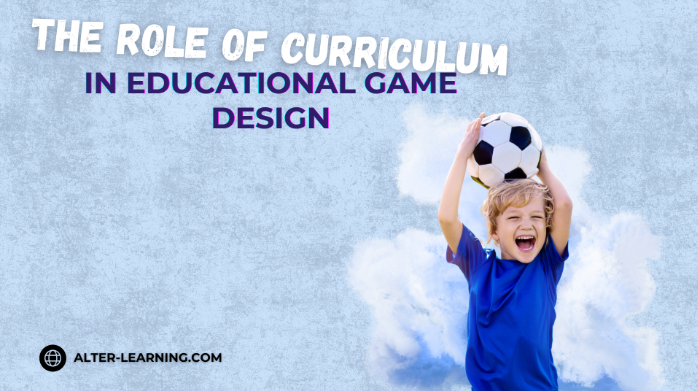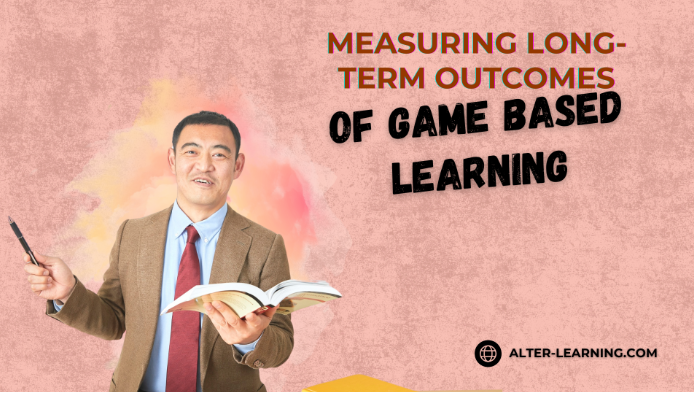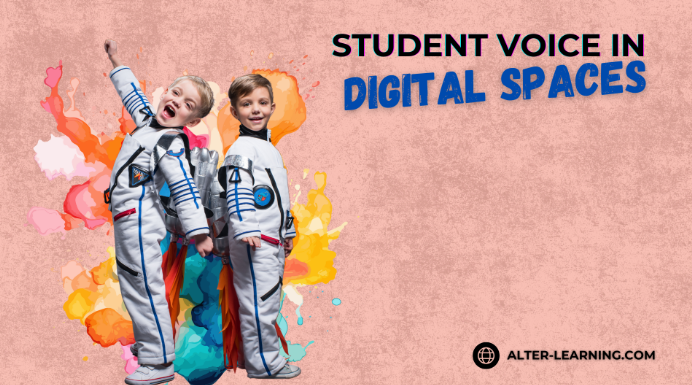Educational games are only as strong as the learning behind them. As immersive learning gains traction, it’s natural to ask: how do we ensure these digital experiences are grounded in real educational value?
For platforms like Alter-Learning, one answer lies in a careful, intentional alignment with academic standards—backed by educators, researchers, and curriculum experts from day one.
Built With Learning in Mind
Immersive experiences are most effective when their gameplay is inseparable from the academic content. That means not just wrapping math in flashy graphics or adding trivia questions to history—it means structuring games around real cognitive goals.
Alter-Learning’s development process brings together:
- Teachers and instructional designers who draw from the U.S. Common Core and Next Generation Science Standards (NGSS),
- Subject experts who ensure STEAM-related content is accurate and relevant,
- Learning scientists and researchers who support evidence-based engagement strategies,
- Programmers and artists who collaborate to embed content into mechanics—not just overlay it.
The result? Platforms that can support interactive STEAM learning, with options like digital art creation tools, AR biology exploration, and VR coding tutorials—all designed with purpose.
From Standards to Simulations
Educational standards offer the foundation, but how they’re delivered matters. Games that focus on immersive learning environments may allow students to explore virtual chemistry labs, tackle math puzzle games, or engage in 3D geometry puzzles—all mapped to learning outcomes.
To ensure this alignment stays strong, developers use:
- Curriculum tagging to connect gameplay to core objectives,
- Embedded assessments that track concept mastery,
- Real-time dashboards for educators to monitor student progress,
- Quizzes and checkpoints to help learners reflect and consolidate skills.
When content and gameplay align, the experience can support retention, not just engagement.
Building Confidence Through Curriculum
Not every learner starts at the same point. That’s why adaptive difficulty and layered content are essential. Whether a student is just grasping basic principles or ready for advanced application, educational platforms that offer structured progression can meet them where they are.
When academic rigor is embedded rather than added, the game becomes a tool for guided discovery—building knowledge and confidence at the same time.
Games alone won’t transform education. But when they’re grounded in strong curriculum design and developed with input from real educators, they can offer new paths into complex subjects. By combining content integrity with immersive delivery, platforms like Alter-Learning can support both student growth and teacher goals—helping make STEAM education more engaging, interactive, and inclusive.
Follow Alter-Learning for more insights into immersive education, edtech success stories, and the future of learning. Want to explore how VR/AR could transform your school or learning platform? Let’s connect.




